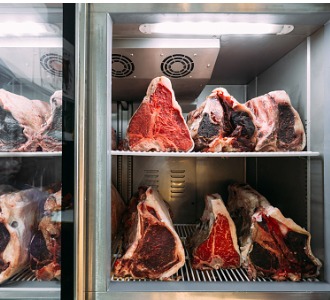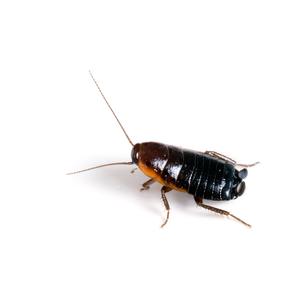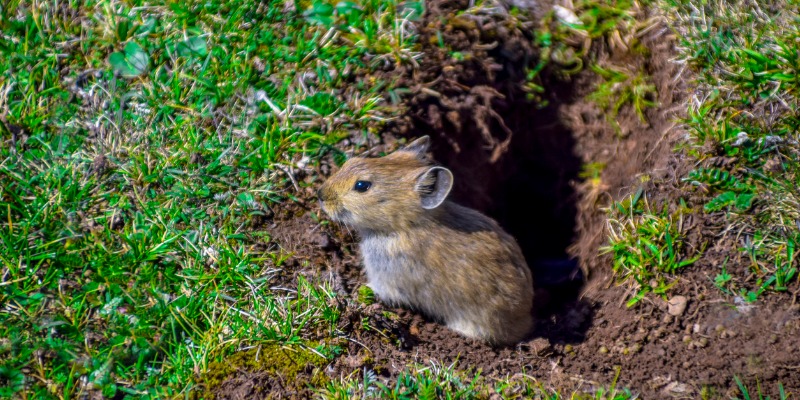New microbes discovered in beef, glaciers and a cockroach
Posted on February 9, 2021 by Laura Cox
Each month, the Microbiology Society publishes the International Journal of Systematic and Evolutionary Microbiology (IJSEM), which details newly discovered species of bacteria, fungi and protists. Here are some of the new species that have been discovered and the places they’ve been found.
When a team of researchers set out to explore the fungal diversity in cold habitats, they travelled to some of the northern-most parts of the world. Here, on the glacial ice sheets of Greenland and Svalbard, they found two new species of yeast. These new yeasts were named Camptobasidium arcticum and Psychromyces glacialis, which is not only a new species, but the first in its genus.
A new, pale yellow bacterium was seen for the first time by researchers in Korea. Companilactobacillus pabuli, which produces lactic acid, was found in animal feed. Meanwhile, in Switzerland, Manheimia pernigra, was collected from a nose and throat swab sample taken from a cow. This rod-shaped bacterium was named after Australian bacteriologist Pat Blackall.

Researchers found a new subspecies of bacteria that causes disease in edible cockles this month. Vibrio aestuarianus subspecies francensis was discovered in France. V. aestuarianus is known to cause disease in oysters, but this is the first time the bacterium has been responsible for a mass-mortality event in edible cockles. Edible cockles are one of the most common mollusc species in Europe and are commercially important in the UK, Netherlands, Spain and France. Cockles have been in decline due to climate change, overfishing and pollution, and so the emergence of V. aestuarianus subsp. francensis is of great concern.

Cockroaches are famed as being one of the hardiest of insects. Able to withstand 900 times their own bodyweight and regrow lost limbs, cockroaches are full of surprises. Interested to see whether cockroaches are host to microbes that could have practical applications, a group of researchers investigated the gut microbiota of the Madagascar hissing cockroach. They discovered Entomobacter blattae, a new genus and species of bacteria. This rod-shaped, white coloured bacterium was collected from a cockroach which had been fed with apples, carrots, dry cat food and water.
Stalactites are formed when mineral-rich water on the surface of a cave drips from the ceiling. As time goes on, the minerals form an icicle-shaped structure that hangs from the cave ceiling. Researchers in China discovered a new species of bacteria on the surface of a stalactite in a cave in Guizhou, in the south-west of China. They named this new bacterium Nocardoides stalactite. Elsewhere, in Korea, Mucilaginibacter mali was discovered in an apple orchard. M. mali was collected from the rhizosphere soil around the roots of apple trees and forms yellow colonies when grown in the lab.
We are no stranger to new micro-organisms discovered on the Tibetan plateau here at Microbe Post. It seems like every other month new microbes are discovered in this diverse ecosystem, and this month is no different. Two new species of Microbacterium were isolated from plateau pika this month: M. caowuchunii and M. lushianiae were collected from the intestinal contents of these small mammals. Meanwhile, a new genus, and the first two species within that genus, were also discovered on the plateau. Two snow finches were found roosting in a pika burrow, and Jinshanibacter zhutongyuii and Jinshanibacter xujianqingii were isolated from the finches’ intestines.


